Rising Incidence of Hemangioblastoma
The rising incidence of hemangioblastoma in the US is a significant driver for the hemangioblastoma market. Recent studies indicate that the prevalence of this rare tumor type is gradually increasing, prompting healthcare providers to seek effective treatment solutions. The growing awareness among healthcare professionals and patients about this condition is likely to lead to more diagnoses. As the population ages, the incidence of various tumors, including hemangioblastoma, may further escalate. This trend suggests a potential increase in market demand for therapeutic interventions, including surgical options and targeted therapies, thereby enhancing the overall growth of the hemangioblastoma market.
Advancements in Diagnostic Technologies
The hemangioblastoma market is experiencing a notable shift due to advancements in diagnostic technologies. Enhanced imaging techniques, such as MRI and CT scans, have improved the accuracy of hemangioblastoma detection. These innovations allow for earlier diagnosis, which is crucial for effective treatment. The integration of artificial intelligence in imaging analysis further streamlines the diagnostic process, potentially increasing the number of diagnosed cases. As a result, the demand for treatment options is likely to rise, thereby expanding the hemangioblastoma market. Moreover, the increasing prevalence of neurovascular disorders in the US may contribute to a heightened focus on developing advanced diagnostic tools, which could lead to a more robust market landscape.
Increased Investment in Oncology Research
Increased investment in oncology research is a pivotal factor influencing the hemangioblastoma market. Funding from both public and private sectors has surged, focusing on innovative treatment modalities and drug development for rare tumors. The National Institutes of Health (NIH) and other organizations have allocated substantial resources to research initiatives aimed at understanding hemangioblastoma biology and treatment responses. This influx of capital is likely to accelerate the pace of clinical trials and the introduction of novel therapies. As a result, the hemangioblastoma market may witness a diversification of treatment options, catering to the specific needs of patients and potentially improving outcomes.
Growing Awareness and Education Initiatives
Growing awareness and education initiatives surrounding hemangioblastoma are contributing to the expansion of the hemangioblastoma market. Various organizations and advocacy groups are actively promoting education about this rare tumor, targeting both healthcare professionals and the general public. Increased awareness leads to earlier diagnosis and treatment, which is essential for improving patient outcomes. Furthermore, educational campaigns may encourage more patients to seek medical advice, thereby increasing the number of diagnosed cases. This heightened awareness is likely to stimulate demand for treatment options, ultimately driving growth in the hemangioblastoma market.
Development of Personalized Medicine Approaches
The development of personalized medicine approaches is emerging as a key driver in the hemangioblastoma market. Tailored therapies that consider individual genetic profiles are gaining traction, offering the potential for more effective treatment outcomes. Advances in genomics and molecular biology are enabling researchers to identify specific biomarkers associated with hemangioblastoma, paving the way for targeted therapies. This shift towards personalized medicine may enhance treatment efficacy and reduce adverse effects, making it an attractive option for patients. As healthcare providers increasingly adopt these innovative approaches, the hemangioblastoma market is likely to experience significant growth, reflecting the demand for customized treatment solutions.


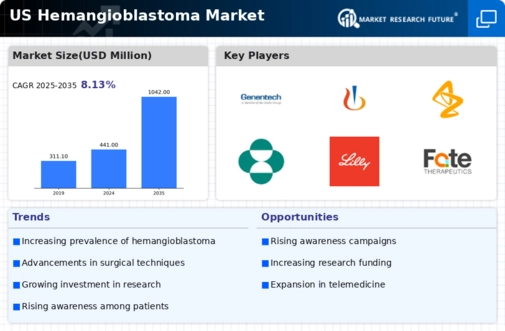
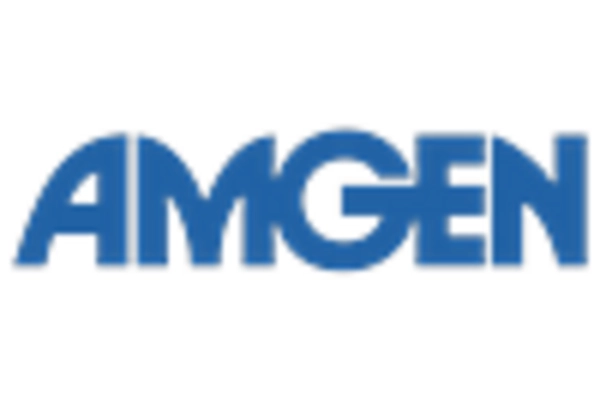
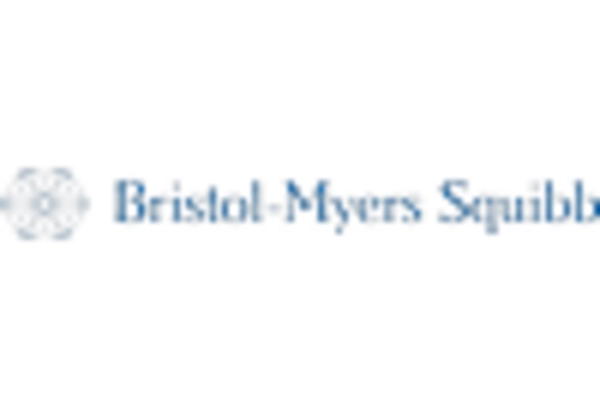

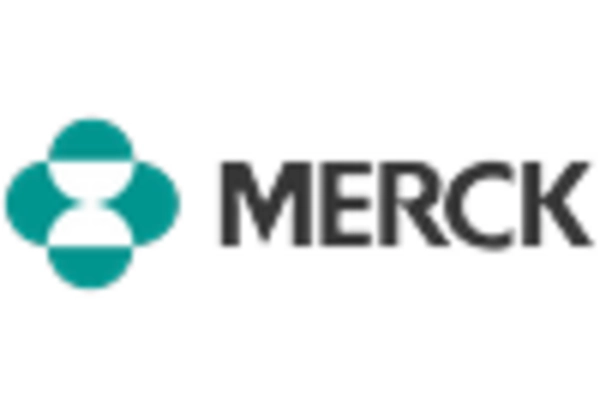
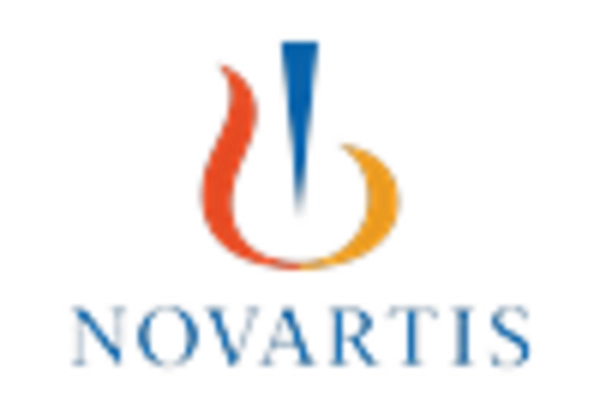
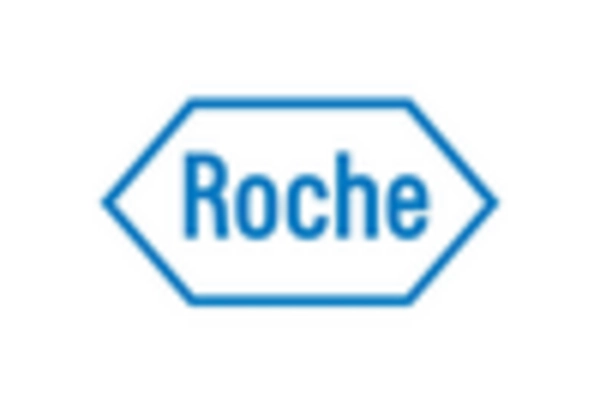








Leave a Comment